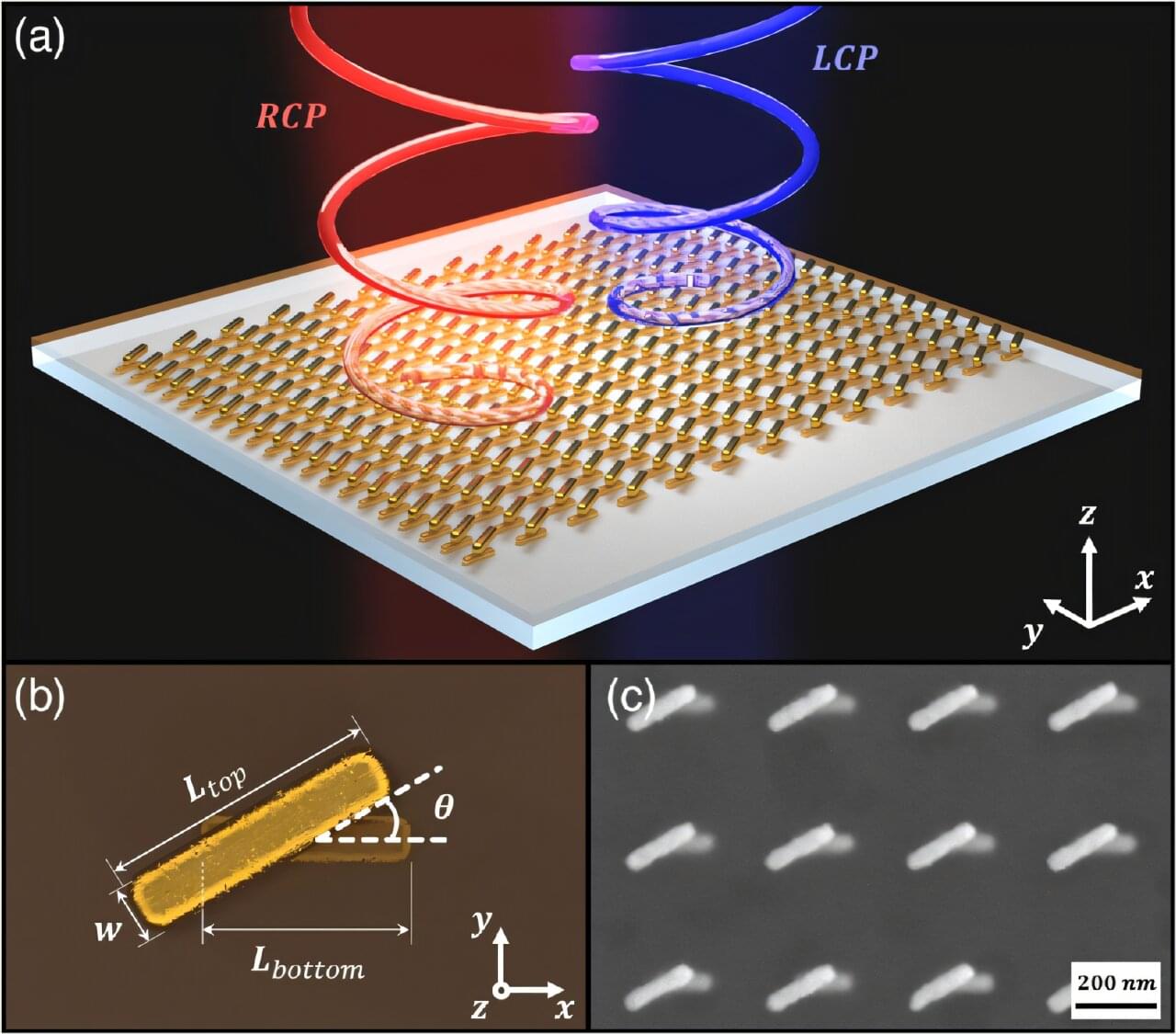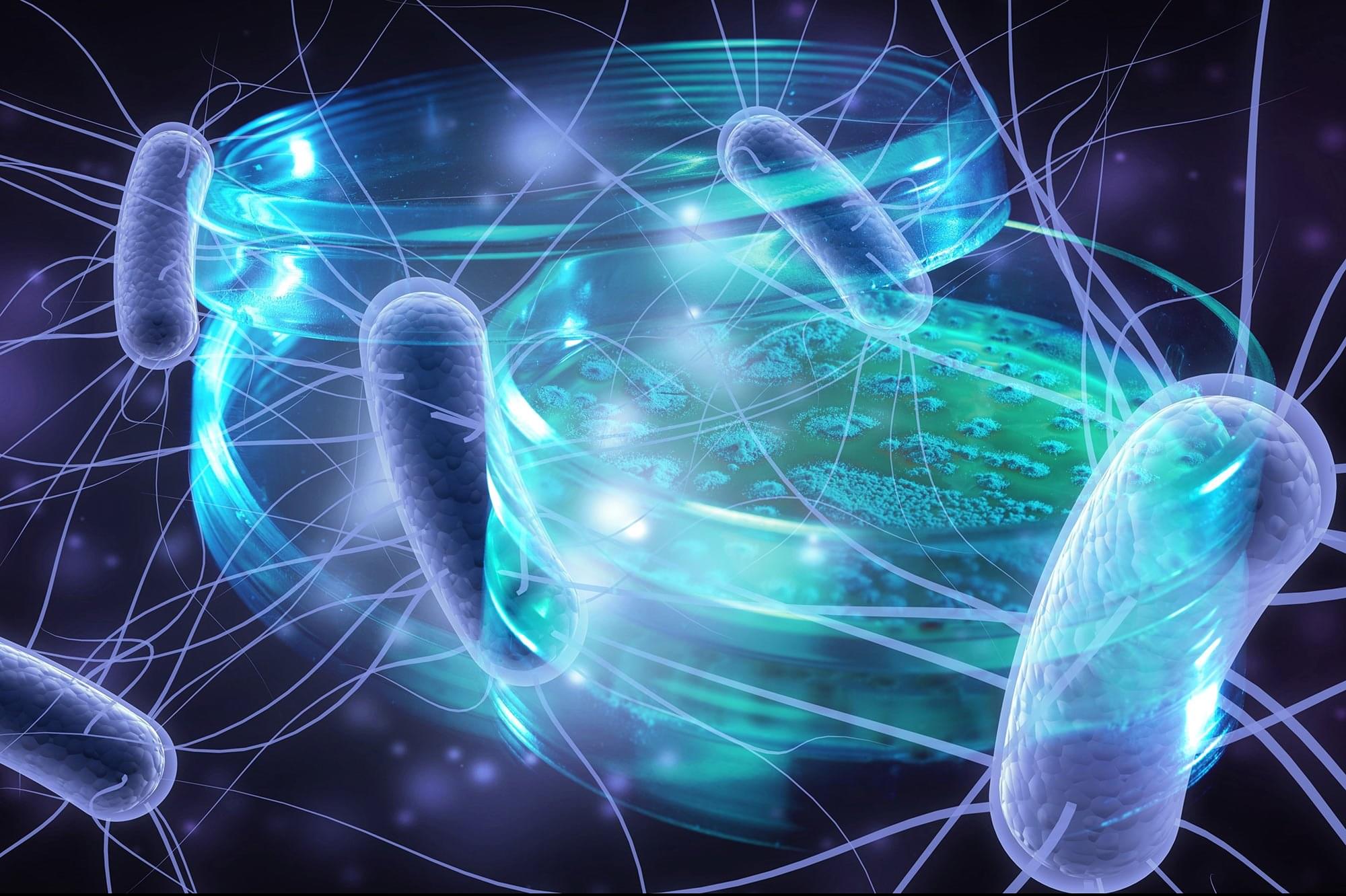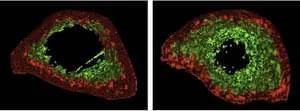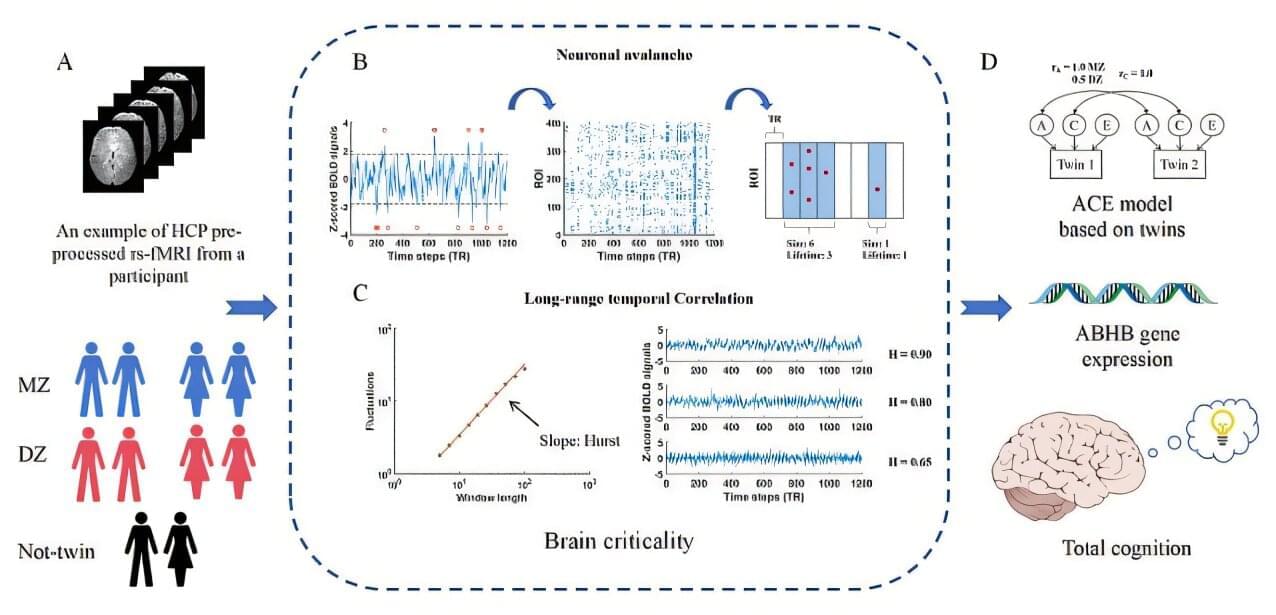Engineers at the University of California San Diego have achieved a long-sought milestone in photonics: creating tiny optical devices that are both highly sensitive and durable—two qualities that have long been considered fundamentally incompatible.
This rare coexistence of sensitivity and durability could lead to a new generation of photonic devices that are not only precise and powerful but also much easier and cheaper to produce at scale. This could open the door to advanced sensors and technologies ranging from highly sensitive medical diagnostics and environmental sensors to more secure communication systems, all built into tiny, chip-scale devices.
Achieving both properties has been a challenge because devices that are sensitive enough to detect tiny changes in their environment are often fragile and prone to breaking down if even the smallest imperfections arise during manufacturing. This makes them expensive and difficult to produce at scale. Meanwhile, making such devices more rugged often means compromising their precision.








